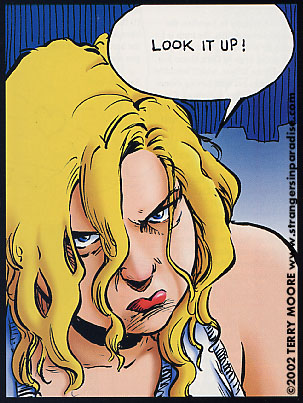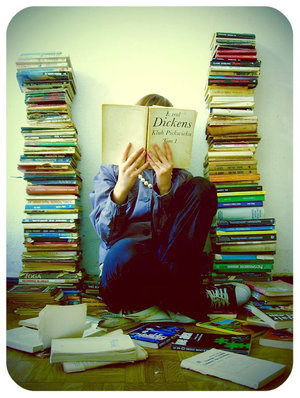One of the nice things about belonging to a book club is that you wind up reading some good books that you might not necessarily have picked up on your own. One of the nice things about reviewing books on a book blog is that authors will send you their new books for review, and you'll find something enjoyable that you might not have been aware of otherwise.
Such is the case with
Shine, Mark Heinz's new novel. I first became aware of it by reading a quote about it Mark had made that was part of the bookclub@KET newsletter. When Mark asked if I'd like to review it, I took him up on it.
The book has received some good reviews in the Louisville Courier Journal and the Bowling Green Daily News, and after reading it I can see why. It is a very well written novel set in south central Kentucky where the author resides.
Joe Bass is a decent, respectable, middle class working man whose main recreation seems to be fishing. His life is changed profoundly by a chance meeting with an old moonshiner, Edgar Johnson, who invites Joe to fish in his private lake. The old man's lake is a fisherman's dream, full of fish to be had at the drop of a line, and a friendship develops between these two men despite their vastly different life experiences and backgrounds.
As Joe starts to get to know Edgar, he is at first offended by the way his in-laws judge the old man so harshly and warn him to keep his distance from the old reprobate. But over time, he begins to see that Edgar has been less than truthful with him, that his lifetime habit of brewing and consuming moonshine has literally destroyed the old man from the inside out, and he starts to realize that Edgar's dysfunctional and manipulative family are trying to use him and his affection for the old man.
When Edgar becomes sick with cancer, Joe transports him to the VA hospital in Nashville and continues to try to be his friend despite clashing with the old man's drug addled daughter and sexually promiscuous granddaughter who steals Edgar's pain medication and falsely accuses Joe of trying to seduce her.
Heinz's strong characterization and ring-true dialogue as he explores this odd friendship is the strongest part of the book. He knows these characters and their motivations and the juxtaposition of the good samaritan, Joe, and the irresponsible, abusive and leechlike family of the old man, who will not help themselves and tend to blame others for their misfortune makes this morality tale compelling reading.
This is a fine first novel, and I'm sure we'll be hearing more from Mark Heinz in the future.
































